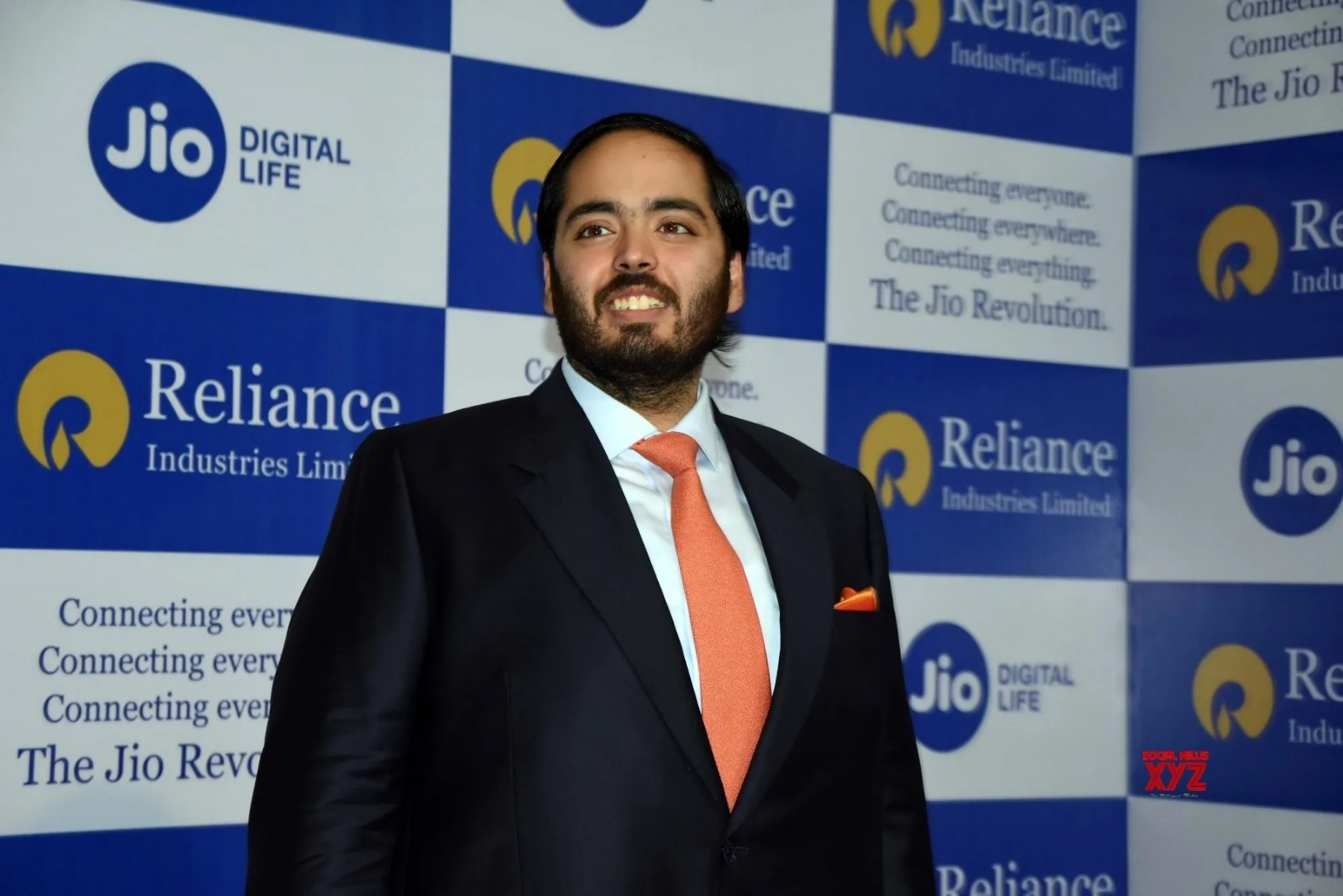Reliance Doubles Down On New Energy While Keeping Focus On Fossil Fuel Growth
Total Views |

Reliance Industries Ltd is doubling
down its clean energy business with the planned start of a mega battery
production factory in 2026, a solar electricity generation project spread over
an area three times the size of Singapore, and 3 million tonnes of green
hydrogen capacity by 2032. All this, while maintaining a laser-sharp focus on
its core fossil fuel business, where it is investing Rs 75,000 crore to expand
petrochemical capacity.
Making his debut at the company's
annual general meeting, Anant Ambani, the youngest son of billionaire Mukesh
Ambani and executive director of Reliance, said the company is building the
world's most integrated new energy ecosystem, from sand to electrons to green
molecules.
The company is investing in producing
every single piece of clean energy—modules that will turn sunlight into
electricity, batteries that can store the energy, electrolysers that can use
such renewable energy to split water molecule to produce the fuel of the
future—hydrogen, giga factories to produce green hydrogen and its derivatives
like green ammonia and green methanol for domestic and export market, make
sustainable aviation fuel, and produce biofuels from organic waste.
Reliance, India's largest conglomerate
whose interest spans from oil and petrochemicals to telecom and retail, had in
2021 unveiled a $10 billion plan spanning renewables, storage and hydrogen as
it chased a net-zero emissions status by 2035.
The plan was to develop the Dhirubhai
Ambani Green Energy Giga Complex at its integrated refinery complex at Jamnagar
in Gujarat. Jamnagar, the world's biggest single-site integrated refinery
complex, has two refineries and is the main hub for Reliance's oil-to-chemicals
business.
The company is using the same site to
create platforms that will deliver a multi-pronged, gigawatt-scale clean energy
ecosystem—solar, battery storage, hydrogen—all under one roof, he said.
Products from the giga factories would be deployed for delivering
round-the-clock renewable power and producing green chemicals, including green
ammonia, e-methanol, and sustainable aviation fuel.
"Jamnagar will be the cradle of
both the world's largest Conventional Energy complex and the world's largest
New Energy complex.
Jamnagar is the face of New Reliance and New India,"
he said.
Having started the first line for
manufacturing of solar panels, the company is now looking to scale up to 20 GWp
capacity in the coming quarters, which would be the largest solar manufacturing
facility and the most integrated single-site solar complex globally, he said.
"We have successfully produced
our first 200 MW of HJT modules. These deliver 10 per cent higher energy yield,
20 per cent better temperature performance, and 25 per cent lower
degradation," he said. "We are scaling rapidly." In parallel, it
is rapidly constructing battery and electrolyser giga factories. "Our
battery Giga factory will start in 2026. It will begin with 40 GWh per year
capacity and expand modularly to 100 GWh per year," he said.
The electrolyser giga factory will
also be operational by the end of 2026, with the ability to scale up to 3 GW
per year. "It will enable cost-competitive green hydrogen production at a
global scale, backed by exclusive global technology partnerships, and
strengthened by our in-house capabilities," he said.
In Kutch, Gujarat, Reliance is
developing one of the world's largest single-site solar projects spanning
5,50,000 acres of arid land -- three times the size of Singapore.
"At peak, we will deploy 55 MW of
solar modules and 150 MWh of battery containers every day.
This will be among
the fastest installations globally. This single site could meet nearly 10 per
cent of India's electricity needs within the next decade," he said.
Reliance's marine and land
infrastructure at Jamnagar and Kandla will connect seamlessly with solar and
hydrogen at Kutch. "We will produce and export green ammonia, green
methanol, and sustainable aviation fuel. This will make India a global hub for
cost-competitive green hydrogen and its derivatives," he said.
While the initial focus will be to
meet Reliance's own large captive demand, the company plans to scale up to 3
million tonnes of green hydrogen equivalent production capacity by 2032.
Reliance, he said, is also building compressed biogas (CBG) plants with an
annual capacity of 0.5 million tonnes. "Our target is to scale up to 500+
CBG plants by 2030," he said.
While doing clean energy, Reliance hasn't
lost sight of its core oil and petrochemicals business. Ambani said the company
is investing Rs 75,000 crore in a 1.2 million tonne PVC plant at Nagothane in
Maharashtra, the expansion of a PTA facility at Dahej in Gujarat and a 1
million tonne speciality polyester facility at Palghar.
"These projects are positioned to
meet India's rising demand," he said. "Our Hazira carbon fibre facility
will be one of the world's three largest, serving aerospace, Defence, and
Advanced Materials." On Jamnagar refineries, it said the company was
"on course to realise the autonomous refinery". He did not elaborate.
At Jamnagar, the firm has set up the
world's largest Bioenergy Technology and R&D centre.
Here, it is developing
advanced enzymes, microbial consortia, and high-yield energy crops to boost
biogas productivity.
"We are also realising our
Chairman's (Mukesh Ambani) vision of growing energy plantations on wastelands.
This includes building the world's first integrated energy hub, combining smart
farms, modular CBG and green hydrogen plants, agrivoltaics, and
batteries," Anant said.
"I am especially proud of our
agrivoltaics business, where Compressed Biogas (CBG) and Solar PV are deployed
on the same land. By capturing biogenic CO2 from CBG plants, these hubs will
become platforms for green chemicals, aiming at fossil parity." This model
creates triple value for Indian farmers -- green gas, green electricity, and
higher rural incomes. It will be a powerful growth engine for India's clean
energy future.

